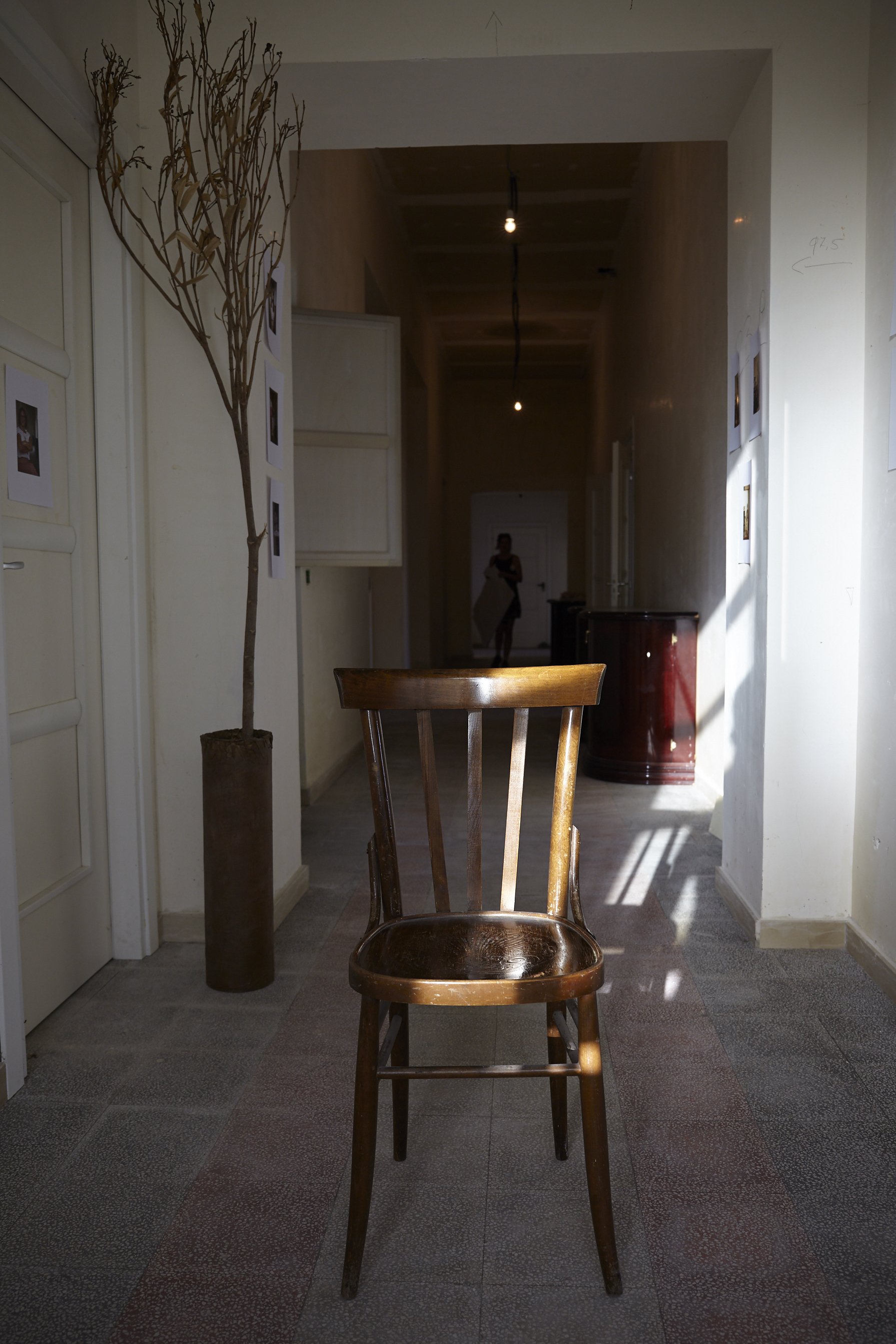
Having wrestled with the ethical issues concerning photographic practices and its history as a “weapon” used to justify and normalize the atrocities of the European colonial expansions, I’ve been searching for a methodology that would address the power imbalances that the camera assumes, reinforces and (re)produces. From this inquiry I have developed procedural method of portraiture that I call “collaborative selfportraiture.”
Collaborative self-portraiture is a method of photography that seeks to bridge the power imbalance between the photographer and subject.
Unlike traditional portrait photography, which positions the photographer as the authority and the subject as the passive object, collaborative self-portraiture involves both parties working together to create a shared vision.
In this method, the subject is actively involved in the creative process, providing input and feedback on the shoot’s direction, and most importantly, they are in control of “the decisive moment” when the shutter is pressed.
By working collaboratively, the photographer and subject have the opportunity to create more equal and respectful relationships. This approach also helps to create more authentic and nuanced portraits, as the subject is able to bring their own perspective and lived experience into the portrait.
With collaborative self-portraiture, the hope is that it can contribute as a tool for promoting diversity and inclusivity in photography.
By allowing subjects to have a larger say in how they are represented, this approach can help to challenge and subvert traditional power dynamics, making it possible to represent a broader range of people and experiences and to subvert the exploitative production of photographs when working with marginalized communities.




















